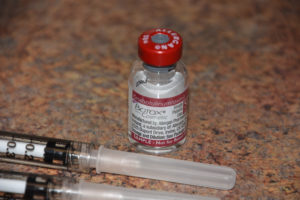According to a recent plastic surgery society survey, plastic surgeons are not immune to the economic and credit crises. Overall declines are widely reported in major cosmetic procedures. However, even in these tough times, the survey found that both men and women are continuing to spend money on non-surgical procedures to look and feel refreshed. The primary motivations to continue to do so are to be competitive in the workplace, to be more attractive to their partners, and for special events such as weddings, anniversaries, and reunions.

Women, not surprisingly, continue to make up the vast majority of patients seeking these procedures. While cosmetic procedures have historically been dominated by older women fighting the effects of time, increasing numbers of women under 35 are signing up for injectable therapies, specifically Botox. Younger women appear to be seeking Botox to improve their youthful appearance and prevent deeper wrinkles from appearing later in life. With more men working longer (and perhaps really longer after the recent downturn in the stock market), men are also seeking these non-invasive treatments but only about 1/10 the numbers as women.
During these difficult economic times, the trend of numerous non-plastic surgeons marketing their services and treatments at a lower cost or discount rate continues to be prevalent. Many medical personnel are running from traditional medicine due to decreasing reimbursements. The ease of performing injectable and light and laser treatments and the willingness of device and drug manufacturers to sell to anybody has made this transition possible, Many such ‘cosmetic practitioners’ use advertising that is misleading and deceptive and is easy to promulgate on the internet. This has resulted in an increasing number of local complications including clumping and granulomas from injectable fillers, burns and hypopigmentation from light and laser treatments, and asymmetrical or inadequate results from Botox injections.
The future of non-invasive cosmetic treatments appears bright. Consumer demand will continue, almost regardless of the economy, and novel treatments are undoubtably forthcoming. Competitive analogues to Botox, such as Reloxin, will make facial expression management even more popular. Newer versions of injectable fillers that last longer and light and laser therapies that improve skin rejuvenation results are inevitable.
Dr. Barry Eppley
Indianapolis, Indiana


